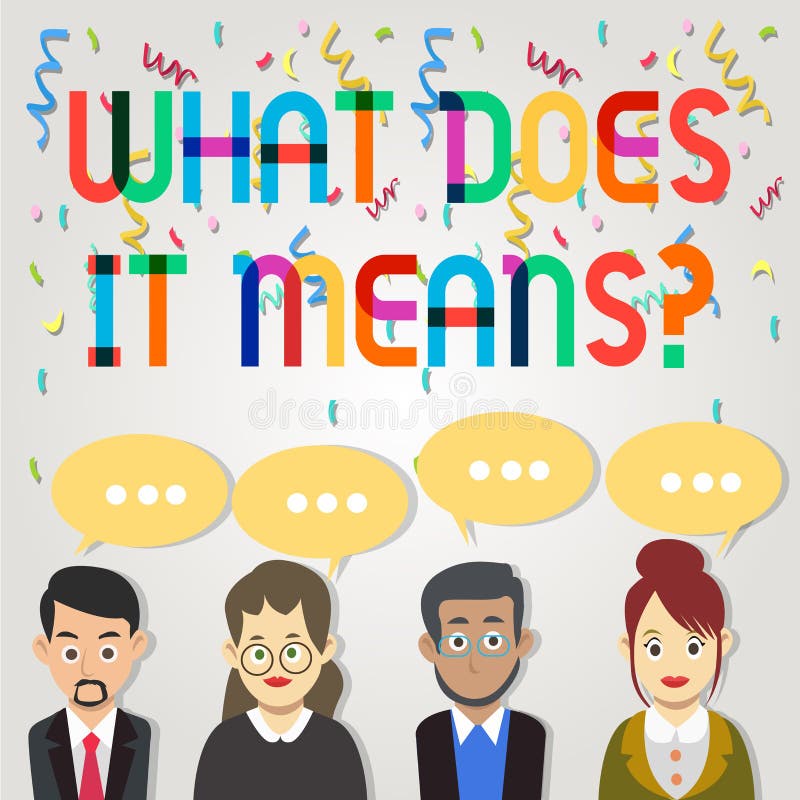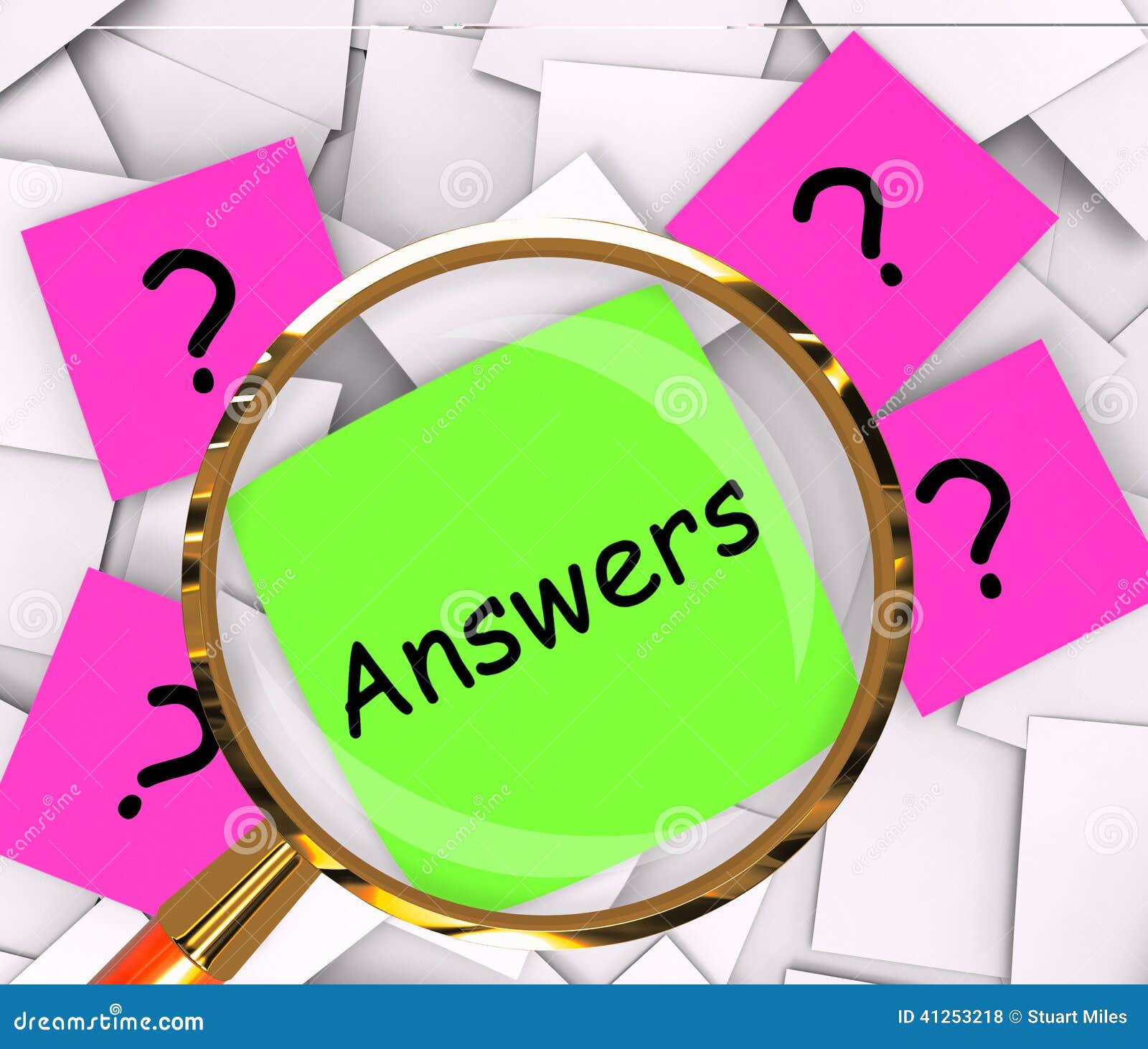
They should be encouraged to express themselves again, if necessary, giving the listener another chance at understanding, and to check understanding until agreement is reached. In reflecting, clarifying and summarising, speakers must be allowed to disagree with, and correct, what the listener says.
#Just to clarify a confusion full
Our eBooks are ideal for anyone who wants to learn about or develop their communication skills, and are full of easy-to-follow practical information and exercises. Learn more about the key communication skills you need to be an effective communicator. Whilst the summary is likely to be the longest time a listener will be speaking during a conversation, it is important to be as concise and straightforward as possible. At the start of a conversation, it is useful to summarise any previous discussions or meetings as it can help to provide focus. Summarising should be done at the end of a conversation, although sometimes it may be appropriate midway through as a way of drawing together different threads.


The aim of a summary is to review understanding, not to give explanation, to judge, to interpret or provide solutions. It is important to keep only to the essential components of the conversation, and it must be given from the speaker's frame of reference, not an interpretation from the listener’s viewpoint. Ask if you have got it right and be prepared to be corrected.Īs a further extension to clarification a summary involves reviewing what has taken place during the whole conversation.Use open, non-directive questions - if appropriate.State what the speaker has said as you understand it, and check whether this is what they really said.Admit if you are unsure about what the speaker means.When using clarification follow these guidelines to help aid communication and understanding. See our pages: Questioning and Types of Question for more information.Ĭlarification is the skill we use to ensure that we have understood the message of the speaker in an interpersonal exchange. Such questions often begin with 'did you?' or 'were you?' For example: “Why do you feel this way?” Closed QuestionsĬlosed questions usually elicit a 'yes' or 'no' response and do not encourage speakers to be open and expand on their thoughts. “When did you first start feeling like this?” These questions encourage speakers to be open and expand on their thoughts. If your role is to assist a speaker to talk about an issue, often the most effective questioning starts with 'when', 'where', 'how' or 'why'.
#Just to clarify a confusion how to
The best questions are open-ended as they give the speaker choice in how to respond, whereas closed questions allow only very limited responses. When you are the listener in a sensitive environment, the right sort of non-directive questioning can enable the speaker to describe their viewpoint more fully.Īsking the right question at the right time can be crucial and comes with practice. Summarising and seeking feedback as to its accuracy.“I don't feel clear about the main issue here.”.“I'm not quite sure I understand what you are saying.”.Some examples of non-directive clarification-seeking questions are: See our page: Active Listening for more about attentive listening skills. Through clarification it is possible for the speaker and the listener to make sense of these often confused and complex issues. Clarifying involves genuineness on the listener's part and it shows speakers that the listener is interested in them and in what they have to say. Clarifying helps you to sort these out and also to check the speaker's priorities.




 0 kommentar(er)
0 kommentar(er)
